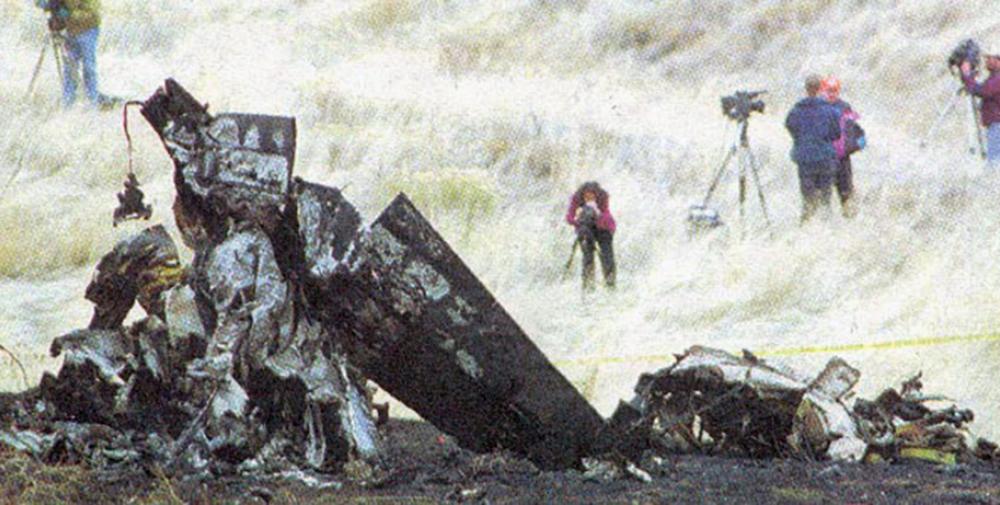Date & Time:
Jan 15, 1996 at 0618 LT
Type of aircraft:
Mitsubishi MU-2 Marquise
Operator:
Pro Air Services
Registration:
N693PA
Flight Phase:
Flight
Flight Type:
Executive/Corporate/Business
Survivors:
No
Site:
Plain, Valley
Schedule:
Salt Lake City - Pocatello
MSN:
693
YOM:
1977
Country:
United States of America
Region:
North America
Crew on board:
2
Crew fatalities:
2
Pax on board:
6
Pax fatalities:
6
Other fatalities:
0
Total fatalities:
8
Captain / Total hours on type:
1200
Circumstances:
A Mitsubishi MU-2 departed Salt Lake City, Utah, and climbed to 16,000 feet MS on an IFR flight to Pocatello, Idaho. While in cruise flight, the MU-2 encountered structural icing conditions. According to radar data, the MU-2 began slowing from a cruise speed of about 190 knots with slight deviations from heading and altitude. The airspeed decreased to about 100 knots, and the flight crew declared an unspecified emergency, then radio contact was lost. The MU-2 began a right turn, then it entered a steep descent and crashed. The pilot of a Beech 1900 (about 12 minutes in trail of the MU-2), stated that he encountered moderate rime icing at 16,000 feet. The Beech pilot activated his deice boots (3 times) and descended to 12,000 feet to exit the icing conditions. The MU-2 flight manual warned that during flight in icing conditions, stall warning devices may not be accurate and should not be relied upon; and to minimize ice accumulation, maintain a minimum cruise speed of 180 knots or exit the icing conditions. An investigation determined that the captain of the MU-2 was aware of deficiencies in the timer for the deice boots, as well as other maintenance deficiencies. The captain's medical certificate was dated 11/17/94; he was providing executive transportation for compensation under an agreement for "contractual flights," under 14 CFR 91. Although icing conditions were forecast in the destination area, no icing was forecast for the en route portion of the flight.
Probable cause:
Continued flight by the flightcrew into icing conditions with known faulty deice equipment; structural (airframe) ice; and failure of the flight crew to maintain adequate airspeed, which resulted in the loss of aircraft control and collision with terrain. A factor relating to the accident was: the en route weather (icing) condition, which was not forecast (inaccurate forecast).
Final Report:
N693PA.pdf163.76 KB

